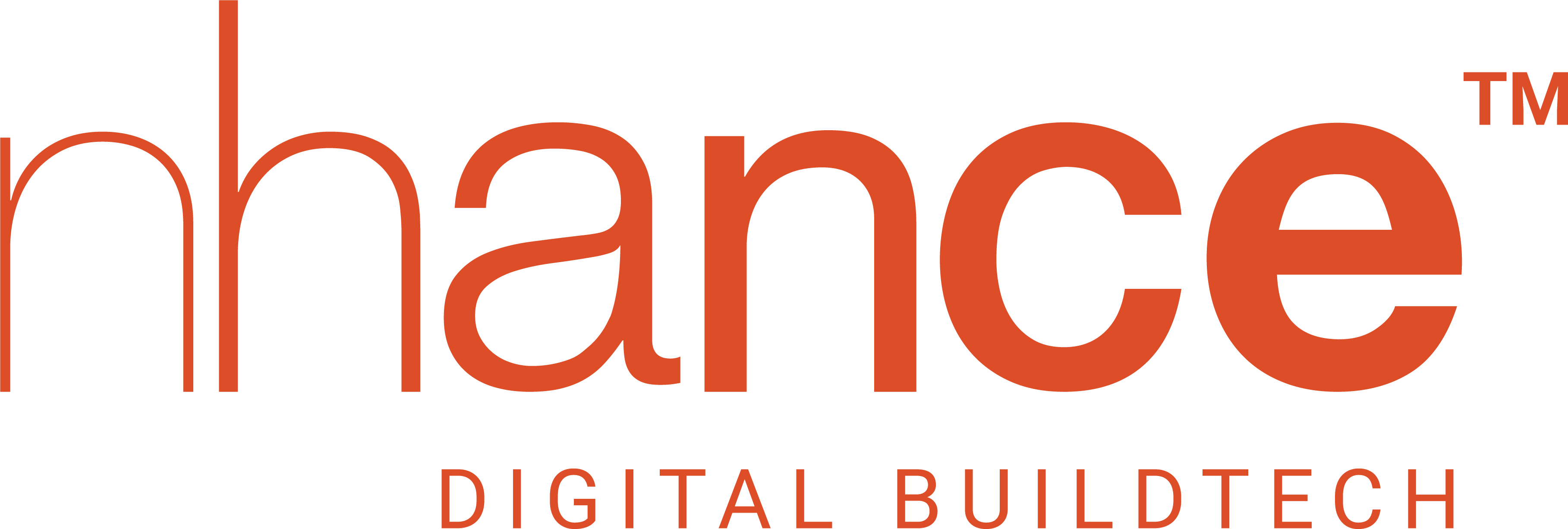In current times, a detailed overview of operations, physical assets, and overall building efficiency is an in demand™ feature among building owners. For better visibility and control over the built environment, smart building solutions, like building management and automation systems, are being used globally. These technologies have gained popularity due to the expansion of smart cities and environmental awareness for a safe and healthy future. These modern systems are also incorporated to create an accessible and low-emission environment in the building premises.
What is Building Management and Automation System?
A building management system or building automation system (BAS) is a modern system that uses the latest technology to control systems and assets within a built environment. The system offers integrated control over buildings by monitoring various aspects of building management like HVAC (heating, ventilation, and air conditioning), lighting, energy usage, security, surveillance, etc.
Advantages of Building Management and Automation System:
An automated and integrated building management system with sophisticated data analytics aids in concentrating on the bottom line of delivering clear and actionable results. Sensors, alarm systems, power generators, physical equipment, controllers, output devices, and terminal interface are some components of the system. Through monitoring, metering, management, measurement, analytics and correlated action, these automation systems integrate various isolated systems to offer the following benefits:
Energy Management
Occupancy controls, scheduling devices and sensors help in moderating space and energy utilization using real-time information about occupancy, heating, ventilation, air conditioning etc. This, in turn, optimizes energy costs and utility bills and reduces overall operational costs through the application of system-wide energy. Integrated building systems reduce heating and cooling expenditures, building a case for conscious energy consumption.
Ease of Building Operations Management
Continuous monitoring of the entire building gives real-time information and heads-up for maintenance needs reducing downtime of physical assets. Remote access facilitates control and adjustment of the entire building system practically from anywhere. RFID scanners, CCTV, digital video surveillance, biometric scanning, lighting control, access card readers, smoke and poisonous gas detectors, etc., assist in seamless building operation.
Continuous monitoring creates better visibility and increased staff accountability leading to improved client satisfaction. Besides helping in effective internal processes, automated systems also eliminate several time-consuming and laborious tasks to improve the overall efficiency of business administration.
Building Efficiency, Safety and Security
Cutting-edge technologies provide advanced security systems and prevent theft or tampering in buildings and premises. The timely monitoring of any mishappening or accidents on-premise to identify a problem before it gets out of control. Ensuring building safety and security, preventive management saves the occupants and the cost arising from an unwarranted situation.
System sensors also provide information about building assets, actual footfall, and space utilization data. Asset tracking systems allow the prevention of any misutilization of theft within the building premises. Visitor management helps in managing footfall and keeping an eye on any unauthentic entry/exit. Systems for crowd management allow better planning and management of the public in case of any emergency. All in all, having an integrated building management system gives an extra vigilant eye to keep the buildings safe and secure 24/7.
Sustainability and Analytics
Smart building management systems are designed to align with future alterations to allow the modernization of existing systems in the future. Keeping sustainability at the core, they make provisions to accommodate emerging environment-friendly alternatives.
The data collected is used to improve the functioning of existing systems and employ more innovative solutions. Current and historical data analysis offers insights to facilitate informed decision-making.
Cost Optimization
With concurrent data and information about components of building management, automated management systems help in preventive management. Real-time monitoring of built assets minimizes their wear and tear. It results in reduced maintenance costs, increased asset life, and improved building lifecycle.
Alongside, automated checkup systems and assets within the built ecosystem minimize cost by eliminating the need for human resources for the same. It saves precious human labour for more significant tasks by freeing them from redundant work that technology can easily manage.
Integrated Building Management and Automation System ROI
Integrating siloed systems, smart building technologies not only make the building premises healthy and safe but also comfortable and stress-free for the occupants. Facilitating efficient management of the built environment, they increase the property value and assist businesses in streamlining their internal operations. Healthy and happy occupants of such buildings showcase increased productivity and efficiency. Thus, employing such systems ultimately helps businesses to reap a remarkable return on investment both in the short and long term.
To achieve a positive user impact along with amplified efficiency, discover comprehensive building automation with nhance. Our Integrated Building Management System gives you the power to control your environment eco-consciously, easily and efficiently. We can help you take a giant leap towards a sustainable future by developing a decision support model to create a consciously built environment.
To know more about our eco-conscious, easy, and efficient Building Management Solutions, visit nhance.ai.








